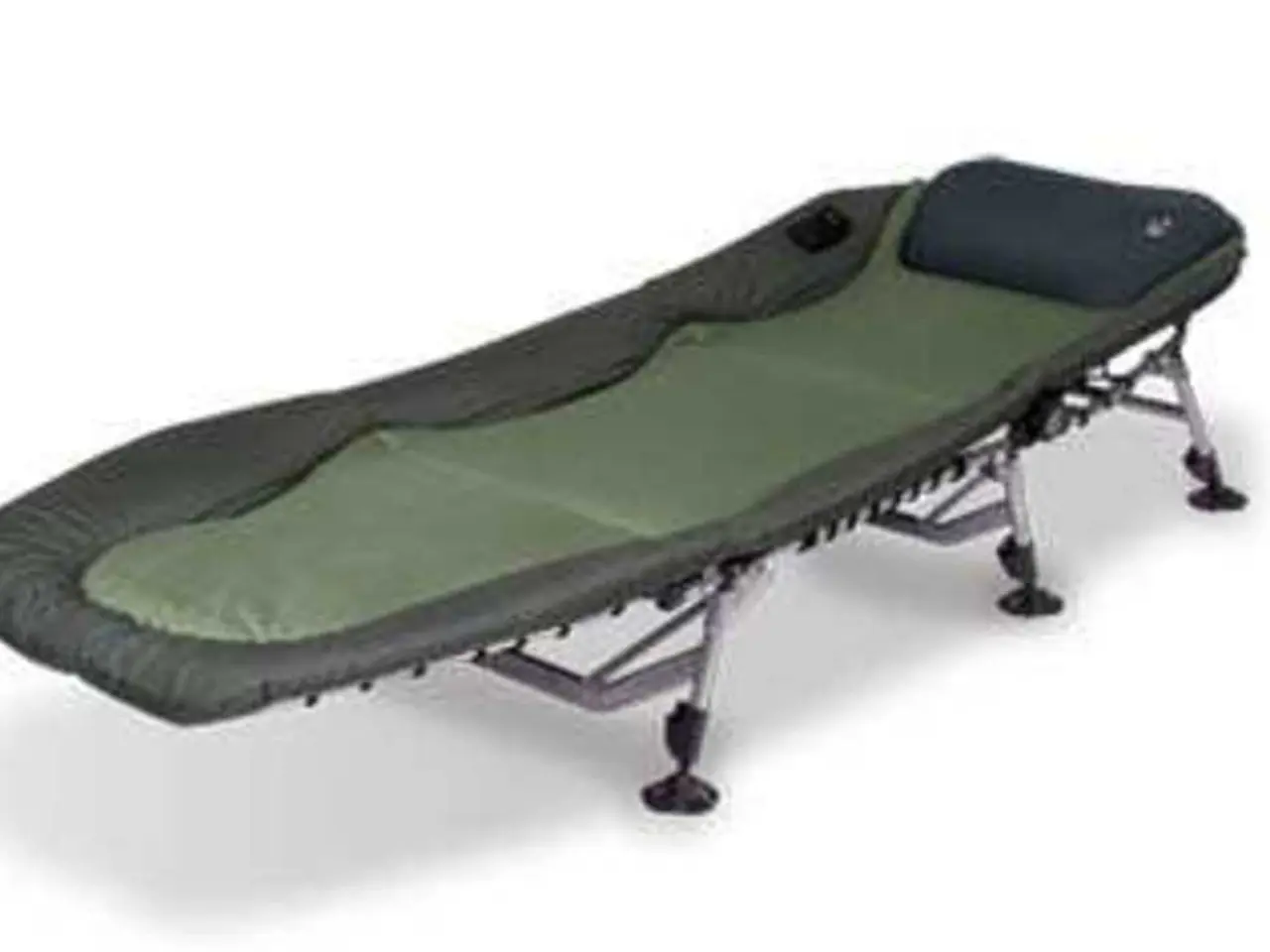Strategies to Alleviate Discomfort from Meralgia Paresthetica: Exploring 5 Effective Workouts
Meralgia paresthetica is a condition that affects the lateral femoral cutaneous nerve in the thigh, causing discomfort. This sensory nerve, which runs from the spine, down through the pelvis, and to the skin of the outer thigh, can become compressed, leading to symptoms such as pain, limited range of movement, numbness, tingling, and a burning sensation.
Exercises to Ease Meralgia Paresthetica Pain
While gentle exercise and plenty of rest are usually the first step in finding relief from meralgia paresthetica symptoms, specific exercises can be particularly beneficial. Here are some exercises recommended for managing this condition:
- Clamshell Exercise: This exercise helps strengthen hip stabilizers and open the pelvic area to relieve pressure. Using a resistance band can increase its effectiveness.
- Psoas Stretch: The psoas muscle, which helps with flexibility in the hip and upper leg, can be stretched to alleviate discomfort. Both standing and kneeling variations of this stretch are recommended. In the standing version, bend the pelvis forward or outward to feel the stretch, holding the position for 10 deep breaths, and then releasing. The kneeling version involves placing one leg in front, pitching hips forward to feel the stretch, and holding for 20-30 seconds.
- Kneeling Hip Flexor Stretch: This stretch helps activate the glutes and psoas while loosening up any tightness and increasing range of movement. It is recommended to perform this stretch 2 to 3 times each day, but to take good care of the knees during this stretch.
- Quadricep Stretch: The quadricep stretch can help loosen the area around the LFC nerve and boost flexibility in the upper thigh. Balance can be improved during this stretch by using a chair or other piece of furniture for support.
- Lunges: Lunges help lengthen and strengthen leg muscles, including those at the front and back of the thigh, which can provide relief for meralgia paresthetica.
Other Treatment Options
If symptoms persist, it may be time to consult a doctor or physical therapist for other treatment options. Other treatment options may include neurogenic pain medications, steroid injections, yoga, acupuncture, or chiropractic care.
For personalized exercise plans, consider seeking advice from specialized healthcare providers like Lumedis, which offers tailored exercise plans for managing meralgia paresthetica symptoms.
Remember, surgery is rarely recommended for meralgia paresthetica and is usually only considered when all other treatments fail to release the compressed LFC nerve. Always consult with a healthcare professional before starting any new exercise or treatment regimen.
Read also:
- Is it advisable to utilize your personal health insurance in a publicly-funded medical facility?
- Dietary strategies for IBS elimination: Aims and execution methods
- Benefits, suitable dosage, and safety considerations for utilizing pumpkin seed oil in treating an overactive bladder
- Harmful Medical Remedies: A Misguided Approach to Healing




